What do you expect from the next update?
-
@isazi @GiPFELKiND one of the first things when studying geography or cartography is how to make usable maps. A usable and user friendly map is a map that is readable. Critical for a readable map is the amount of information you are putting in a map. Honestly, the amount of information you can put in a map with a diameter of 49 mm is limited. So what is the value of putting contour lines in a map of 49 mm when zooming out to a scale of 5, 10 or 20 km?
Try this, browse norgeskart.no and zoom in to the area Bodø/Lofoten. There you can see how tight the countour lines are and in regions like this I think its really challenging to visualize countourlines on a watch.
The Vertical with the map function is a great piece of gear and when hiking it is very useful to plan the route and follow the track on the watch. And it is really fun, I like it very much! But it is the amateur way. When on a hike and several days in the mountains you have to use a old school map for navigation and that is really fun too because you “read” the map and “read” the landscape/topography. You can plan such a hike with SA, no problem. But in the field I choose to take with me a map. And the vertical is a great piece of support for navigating and tracking.
In my opinion the map works pretty well without contour lines at small scales. -
But back to the actual topic

Next update for the map:- option to lock the map with north up
- possibility to define the bearing navigation in the map. Now you define it by pointing into the direction and optional you can define distance and altitude of the target point. Why not moving the map to the target point and confirm the target point in order to activate the bearing navigation?
-
@Stefan-Kersting The first thing you learn in geography is that contour lines are not fixed. As scale changes, elevation differences can and often should vary.
The claim that contour lines reduce the readability of topographic maps is sheer idiocy. -
@maszop said in What do you expect from the next update?:
and you are writing such bullshit here now.
Dude , take it easy.
Diverging opinions are ok,
even arguing it’s okRespect is mandatory
This is not Reddit
-
@sartoric Well said!


-
@maszop ok, let’s try this one. The display of the Garmin csx76 is about 4.1 x 5.6 cm. Little bit bigger than the vertical. The vertical with its diameter of 4.9 cm is actually “wider” than the Garmin display. As you can see have i hiked in this area and it’s right around the corner where I live. I’m pretty familiar with the terrain. But what do you think? I zoomed out to 5 km as you can see. Would you say that this is a good example for an easy to read and user friendly map? Without knowing how the map would look like one the vertical, I assume that there would not be a such big difference if you have an area with lot of topography. In my opinion even a handhold gps isn’t optimal for some type of navigating but a good help when zooming in. As I said, when needing a overview in unknown terrain I like to use old fashioned topographic maps

Got the point?
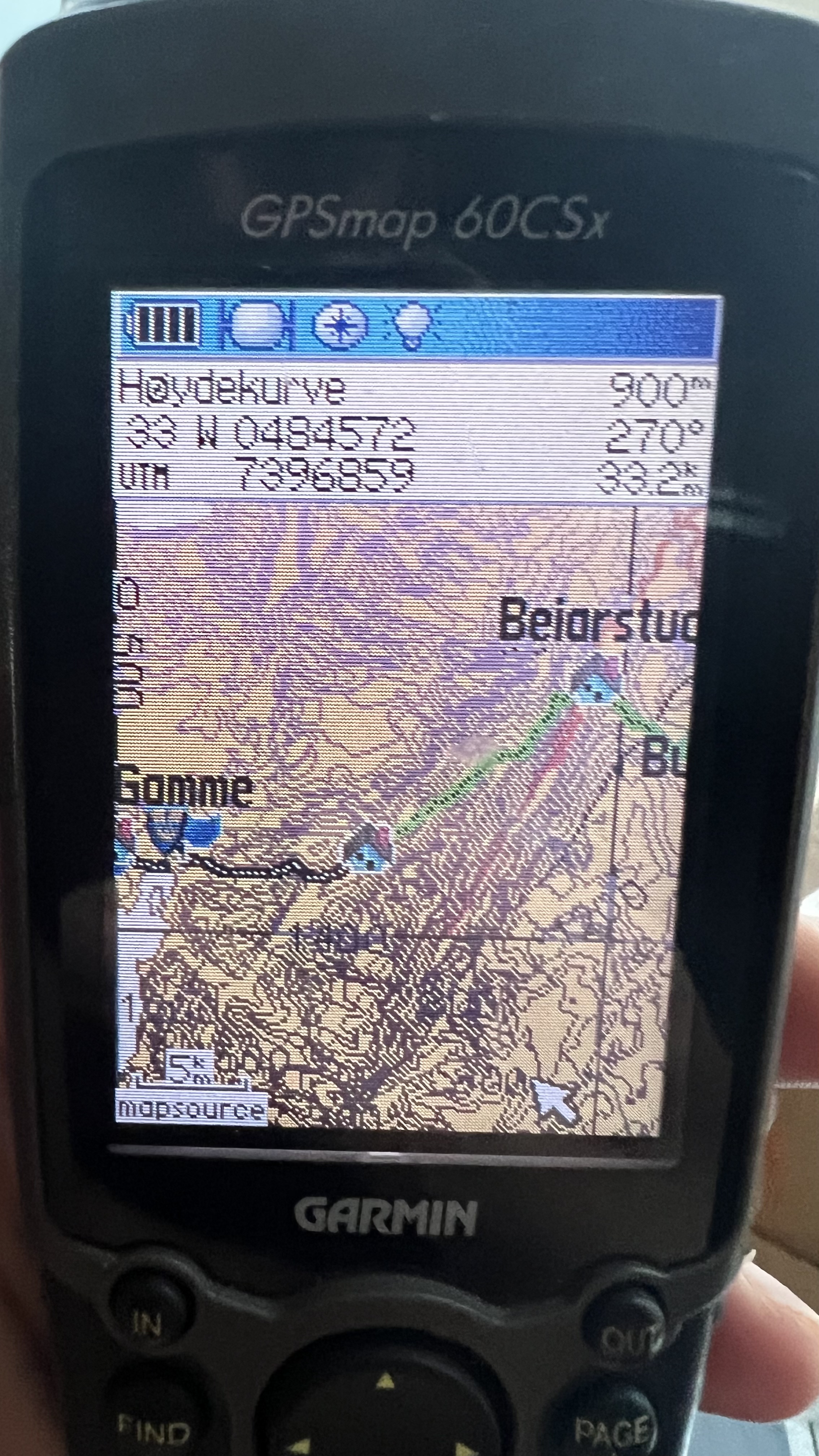
-
Maybe the suunto developers could just make the detail levels configurable. Then users can choose whether they want slower, information-dense maps or faster less-informative maps. In fact, the same user might wish to change the setting depending on where they are - up a
creak without a paddlemountain without a paper map or somewhere more inhabited with other landmarks and recognisable trails / road. -
@Stefan-Kersting You know, maybe I’ll refrain from commenting on your idiotic argument. (If I wrote what I think about it, I would have to be banned
 )
)One photo is enough to show that you (and a few others) have no idea what you are talking about.
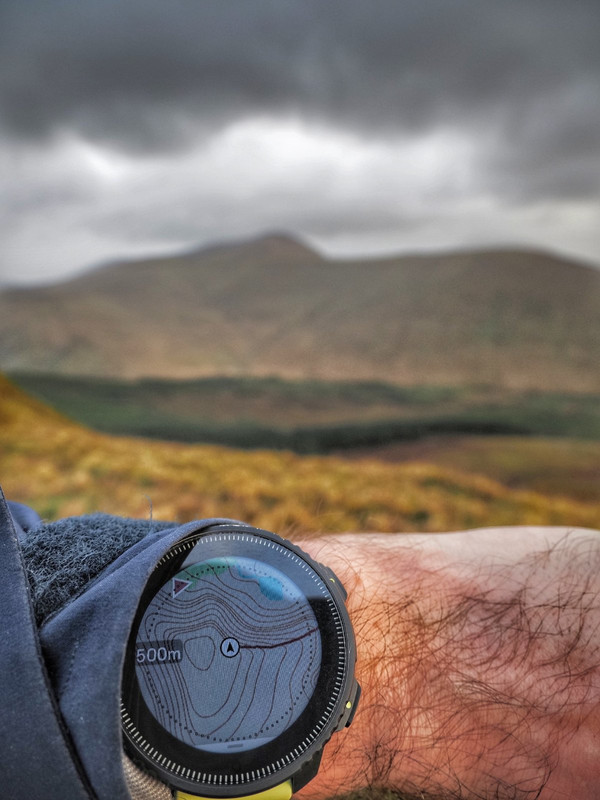
-
@maszop Don’t know your age but I was navigating with a map and compass when no consumer GPS existed or personal computers. I know what contour lines are and how to read a map. Would I like contour lines at all zoom levels? Sure, but it won’t prevent me from going into the mountains. I’d rather have contour lines as they are now than none at all, and I hope it will happen. I don’t set priorities at Suunto.
You however, need to tone your rhetoric down. Please do not insult individuals on the forum. -
@maszop just for the quote. I’m not a walker, my sports are limited to trail running (most), marathons and long distance triathlons. I have never needed those lines because of my use cases and I also understand that you can need them because your use cases are different than mine. And that is fine, of course.
But here people are explaining the reasons of removing the lines.If there’s a feature, and that’s for everything in computer science, that affects the usability of an application (maps) for the vast majority of people, and there’s no apparent easy fix, that feature is more a problem than a good thing. Suunto’s decision is the good one. Personally I don’t want those lines if the usability of the maps is going to be affected for those of us that uses the watch for trail running.
Btw, you know better than me that navigation is more than those lines. And Suunto has the best ABC sensors of the market, so it is not true at all what you say about the navigation with that “poorly” thing. Have a look here please: https://youtu.be/6JUS43kXgx4?si=3zWC9HT_as_IINlS
-
@dreamer_ said in What do you expect from the next update?:
The Step Counter seems fixed fixed for me. I need to test it better but, for now, it is not counting steps all time like it was before. Fantastic.It seems broken. It is impossible to have more than 1400 steps at this moment in the morning (in one hour and half since I woke up)
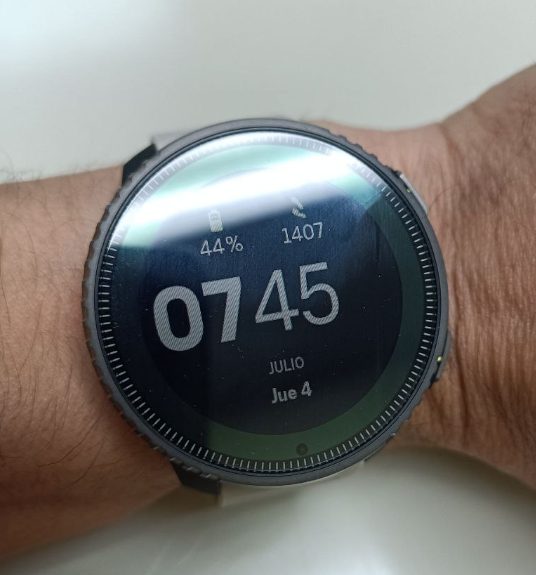
Just to confirm that the soft reset worked. Today, waking up at the same time and walking the same distance I have a lot more realiable result at the same hour:

-
@maszop said in What do you expect from the next update?:
@Stefan-Kersting You know, maybe I’ll refrain from commenting on your idiotic argument. (If I wrote what I think about it, I would have to be banned
 )
)One photo is enough to show that you (and a few others) have no idea what you are talking about.

I don’t know how big an impact it would have on performance, but having contour lines at 500 m zoom would really make maps much much more useable in the mountains. I’d be fine with a bit slower interface to get this view.
-
@maszop said in What do you expect from the next update?:
I just don’t understand how you can write such nonsense over and over again.
Sure, I should have explained it better to have you understand it, but it is difficult when talking with a toddler

-
@maszop My map looks like this when using the 500 m scale. Isn’t that good enough?
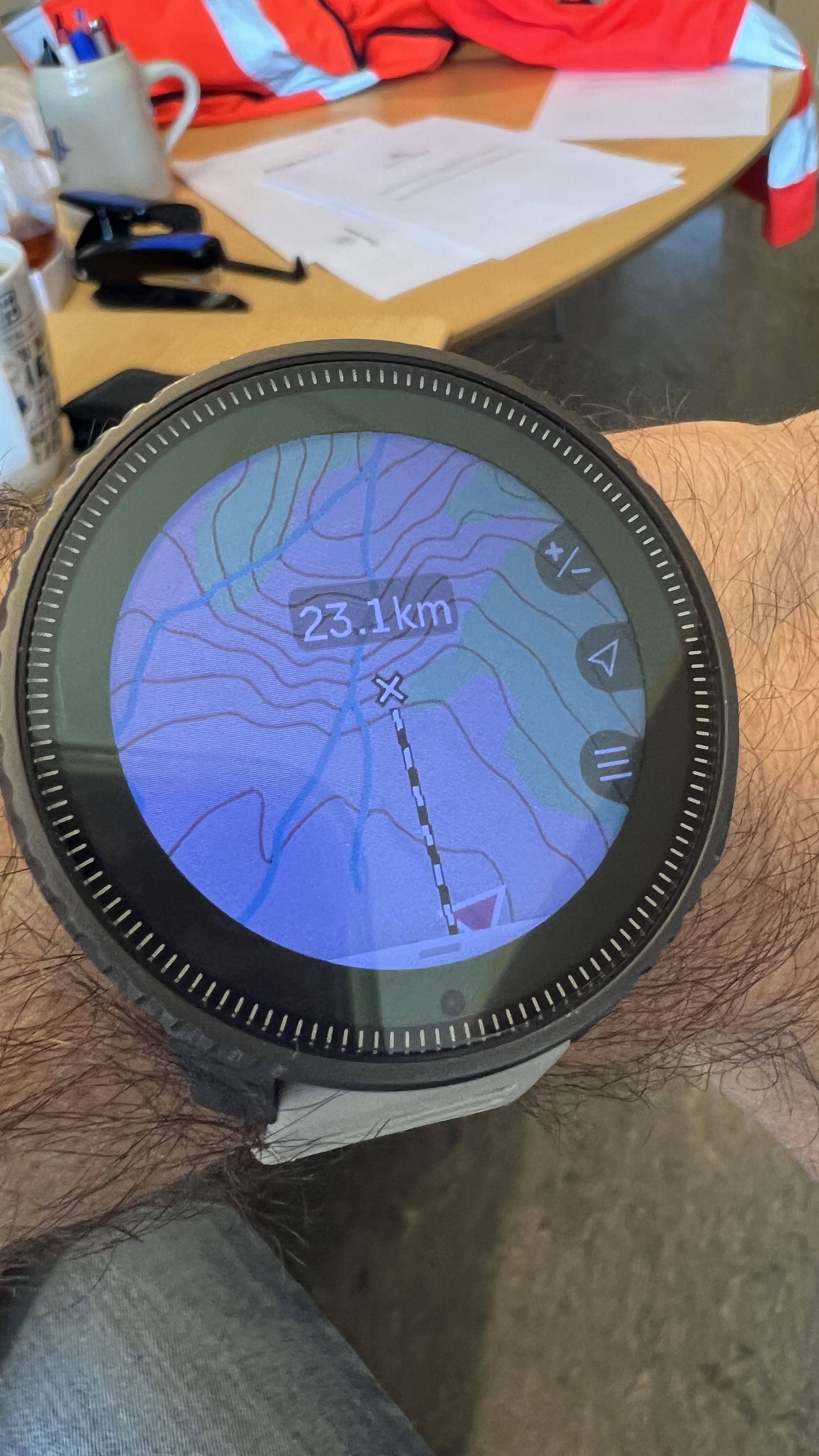
-
@Stefan-Kersting mine look like this

And here are the same 200 m
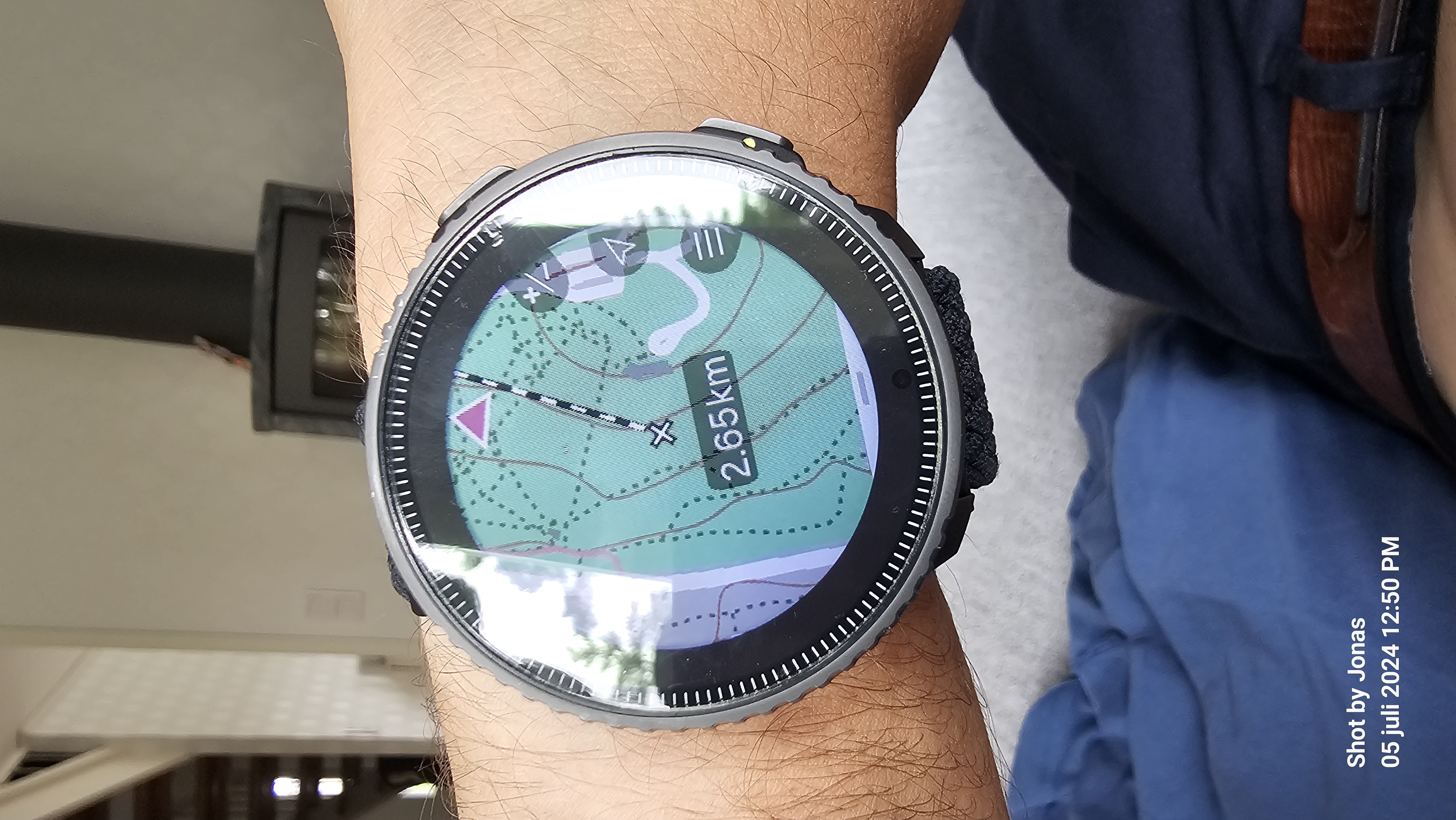
During summer MTB riders use it for downhill, and winter it’s skiing.
-
@Iggge for sure, it is depending of the topography and how steep it is. Using the watch for hiking, backcountry and MTB
-
@Stefan-Kersting “for sure, it is depending of the topography and how steep it is”.
True, 'nuff. That doesn’t seem too cluttered to be returned to other maps. What is the contour separation shown in that 500m zoom pic?
-
@Stefan-Kersting This is not a 500m view because there are no contour lines in that view in Suunto anymore. The current maps in this case are just a gray background, like the breadcrumb from 9PP and earlier models.
Turn off this useless ruler in this case and on the left you will have a number that symbolizes the zoom level. In my example, there is 500m from the older version of the maps, before the removal of these contours. -
@maszop I like this ruler very much and don’t want to miss it
 so, I did as you said. I’m excited to hear what you’re saying now.
so, I did as you said. I’m excited to hear what you’re saying now.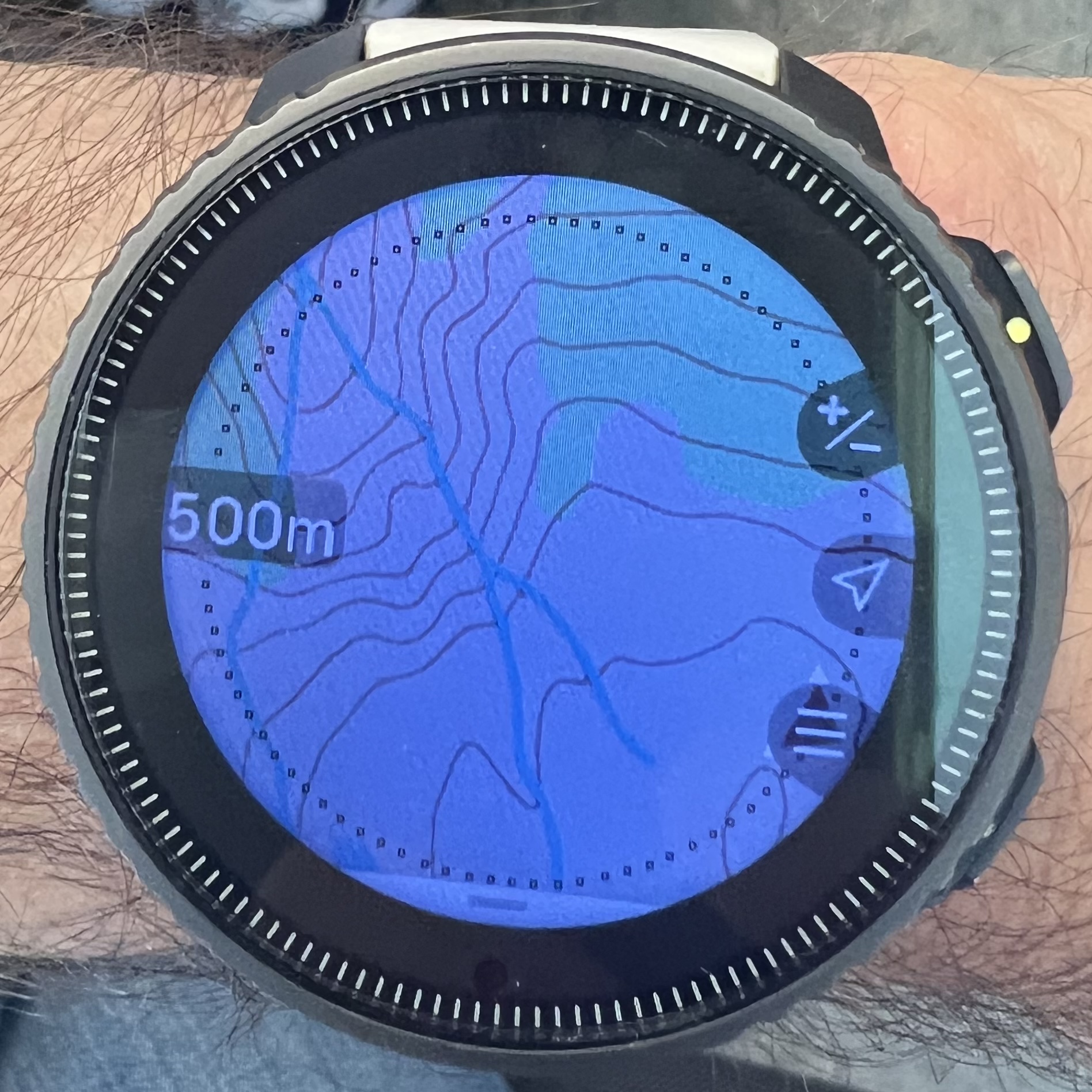
-
@Stefan-Kersting These are the old maps, these contour lines no longer exist.
I like ruler too, but a ruler is not needed now when talking about contour lines.